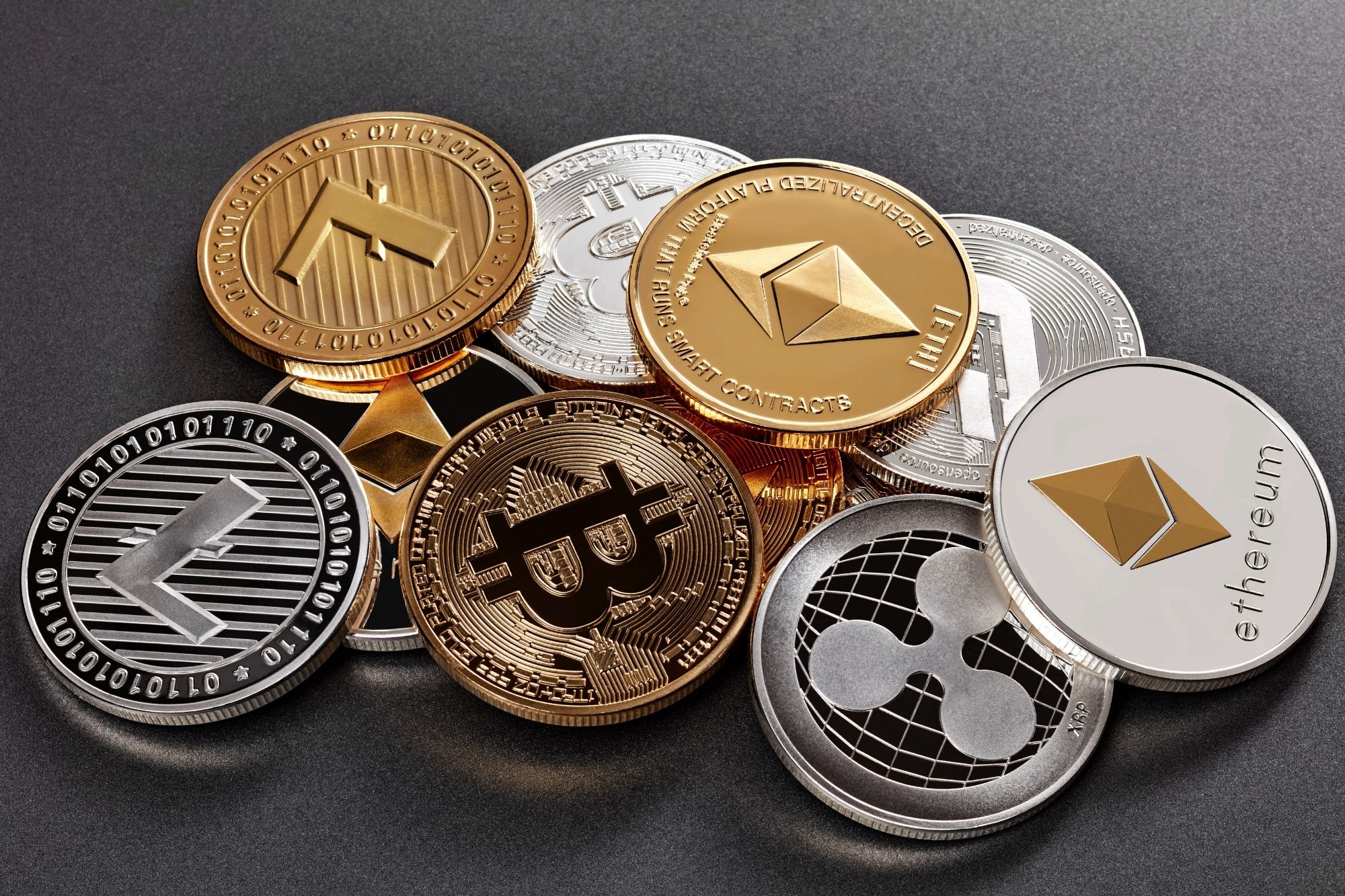Cryptocurrencies - One Current View
| This is a *Current View* only, since cryptocurrencies and the blockchain technology that underlies them this are evolving so rapidly. In an age where the flaws of centralized institutions (ex: banks, clearinghouses, governments and central banks) are becoming more and more apparent, and trust in them is increasingly challenged, the concept of a decentralized, secure, ledger that comprises blockchain technology is gaining popularity and mind share at a rate similar to the early days of the Internet. Few have any doubt that it will play a critical role in the future of finance and contracts, but it is still very early and the winners are not yet clear. Below we discuss just four of the hundreds of cryptocurrencies that currently trade. Two of them are obvious choices, simply because they dominate the current landscape and are broadly considered to represent the first and second generations of crypto. The next is the self-proclaimed third generation but that claim is arguably justified, given the degree of research, both in terms of lessons learned and future vision, that it incorporates or anticipates. The last is included more as an example of a unique market niche that it occupies, which serves to illustrate the versatility of these technologies. The images shown are very popular in virtually all media when discussing them, but they are merely for branding and there are of course no physical coins involved when holding or transacting in these or any digital tokens. |
| | Bitcoin |
| The original cryptocurrency, launched in 2008, Bitcoin still the market leader by far, with a market capitalization well over $1 trillion, as a price per “coin” briefly topped $60K early in 2021. The primary limitations that define it as a first-generation technology are:
It remains to be seen to what degree the formidable first-to-market advantage this crypto enjoys will enable it to retain its clear leadership, despite its already outdated technology. Extensions such as “wrapped Bitcoin” and Layer 2 transactions have been implemented to work around this. Those extensions, and the possibility that Bitcoin may continue to occupy its current “store of value” role, already replacing gold to some extent, will probably bey key to its longevity. | |
|
| Ethereum |
| While now very established technology, Ethereum is much younger than Bitcoin. It was proposed by Russian developer Vitalik Buterin in a white paper to the Bitcoin community and went live in 2015. Unlike Bitcoin, it has had programmability and smart contracts built into its design from the start. It now has a huge developer community and countless projects built on the technology and its supported programming languages, the most popular being the JavaScript-like Soliditiy. The NFT (non-fungible token) craze that has taken the crypto world by storm in 2021 is based on Ethereum. Although more scalable than Bitcoin, it is still based on the compute-intensive proof-of-work mining method for new coin creation and validation. However, there have been continuous enhancement releases. Ethereum 2.0, currently in a phased release schedule, adds proof-of-stake algorithms and more distributed processing support, including database “shards” which promise to improve the throughput to tens of thousand of transactions per second (currently it is about 15) and to significantly reduce the so-called “Gas” fees paid for every transaction, which have increased steadily over recent years as the price per Ethereum coin has increased to close to $2K. | |
|
| Cardano |
| Cardano is named for a 16th-century Italian mathematician and carrying the currency symbol ADA for Ada, Countess of Lovelace, popularly known as history’s first programmer for her work on Charles Babbage’s Analytical Engine. It was developed by Charles Hoskinson, an original Ethereum developer, from within his co-founded company, IOHK , and went live in 2017. The current coin price is between one and two dollar and the overall market capitalization is currently about $40 Billon. It is proclaimed a third-generation cryptocurrency because of its advanced design concepts such as:
Because of these features and the libertarian but progressive leaning of its founder and his organization, Cardano has gained much interest among millennial and younger generations who view ESG (Environmental, Social, and Governance) as key criteria in their investment decisions. Hoskinson is a frequent lecturer and often covers topics such as third world development, but stressing the power of Cardano to play a role in future solutions to issues. | |
|
| Storj |
| Launched in 2018, the Storj coin is tied to a very specific technology application – decentralized data storage via an open community of participating nodes. Anyone owning even modest computing resources of a single processor core, 550 GB of available disk space, and typical broadband connection can become a Node Operator and be compensated in Storj coins for providing their resources as part of a cloud networked storage solution for users. Payments are modest (a few dollars in coin value per month) for small nodes, however, and the current coin price and market capitalization are about three dollars and $530 M, respectively. Storj is an example of one creative use of blockchain technology. |








